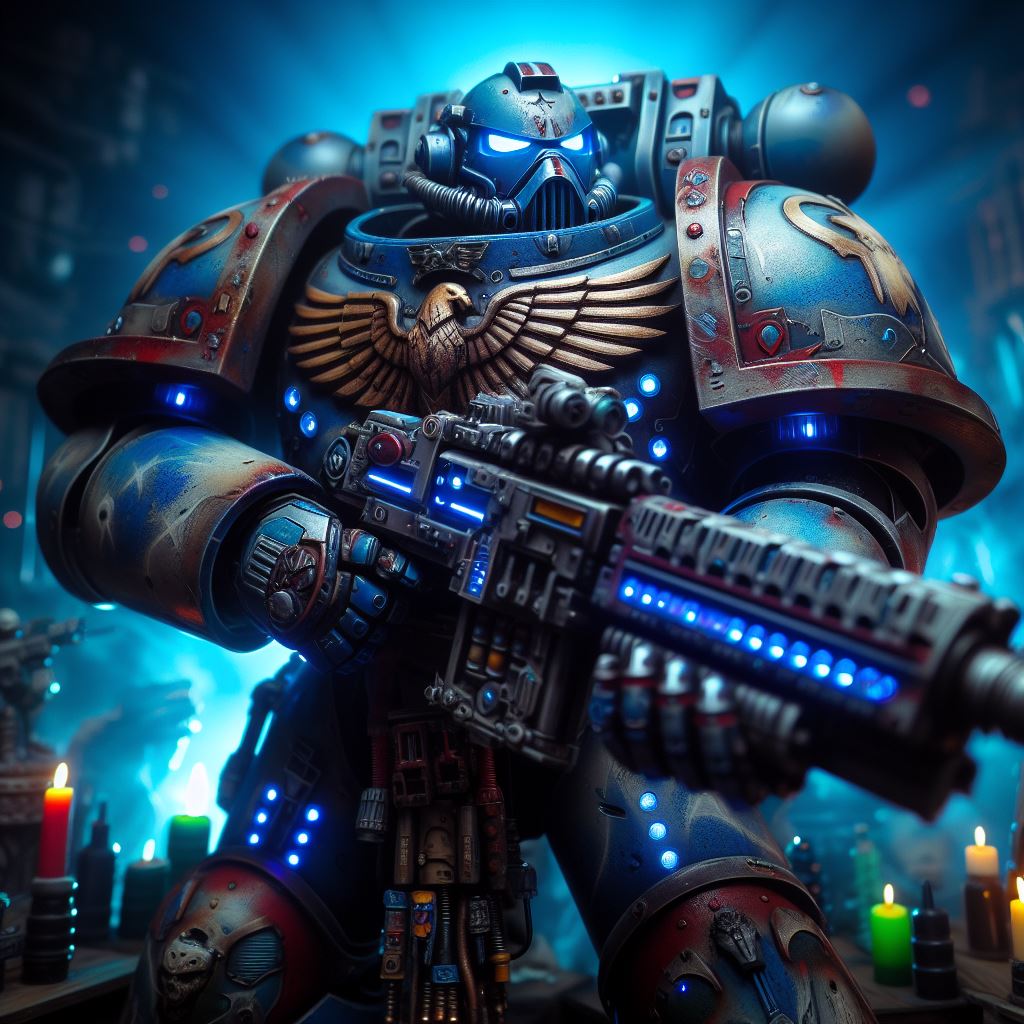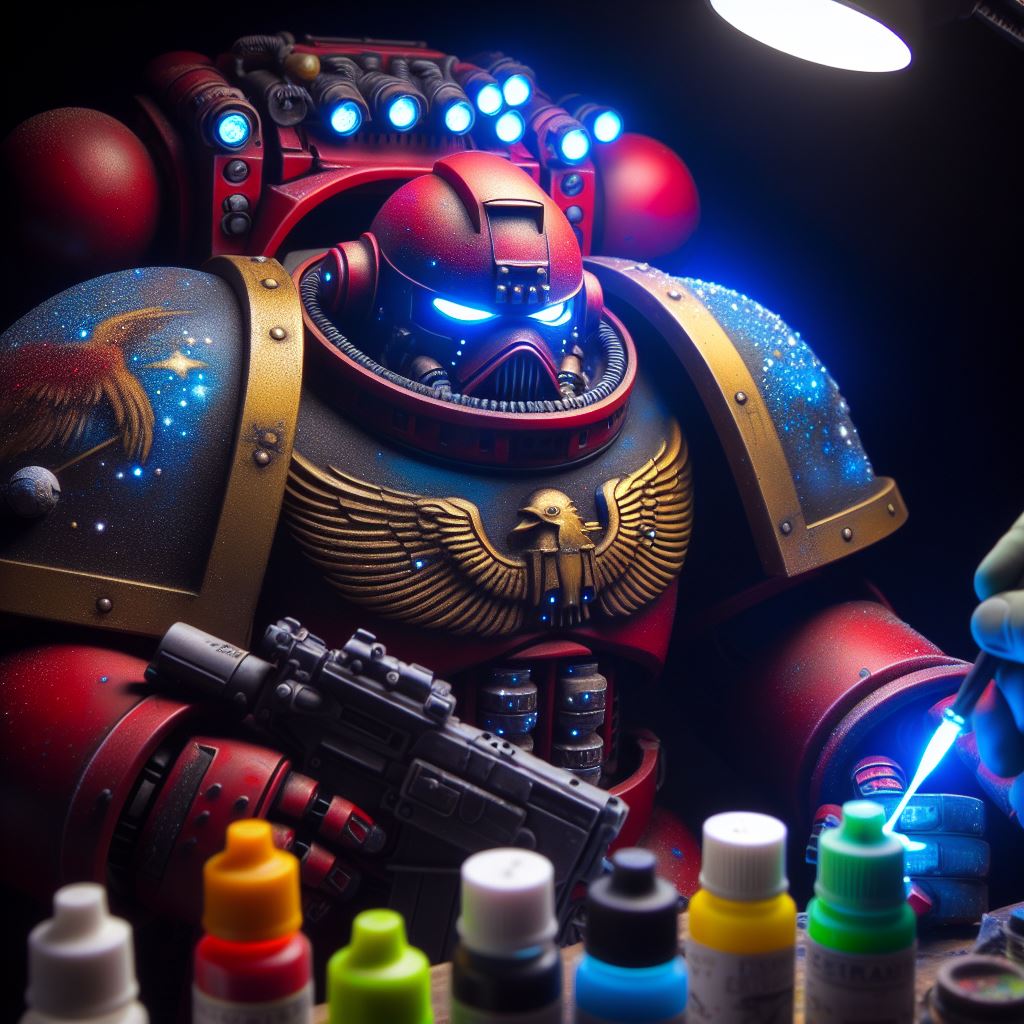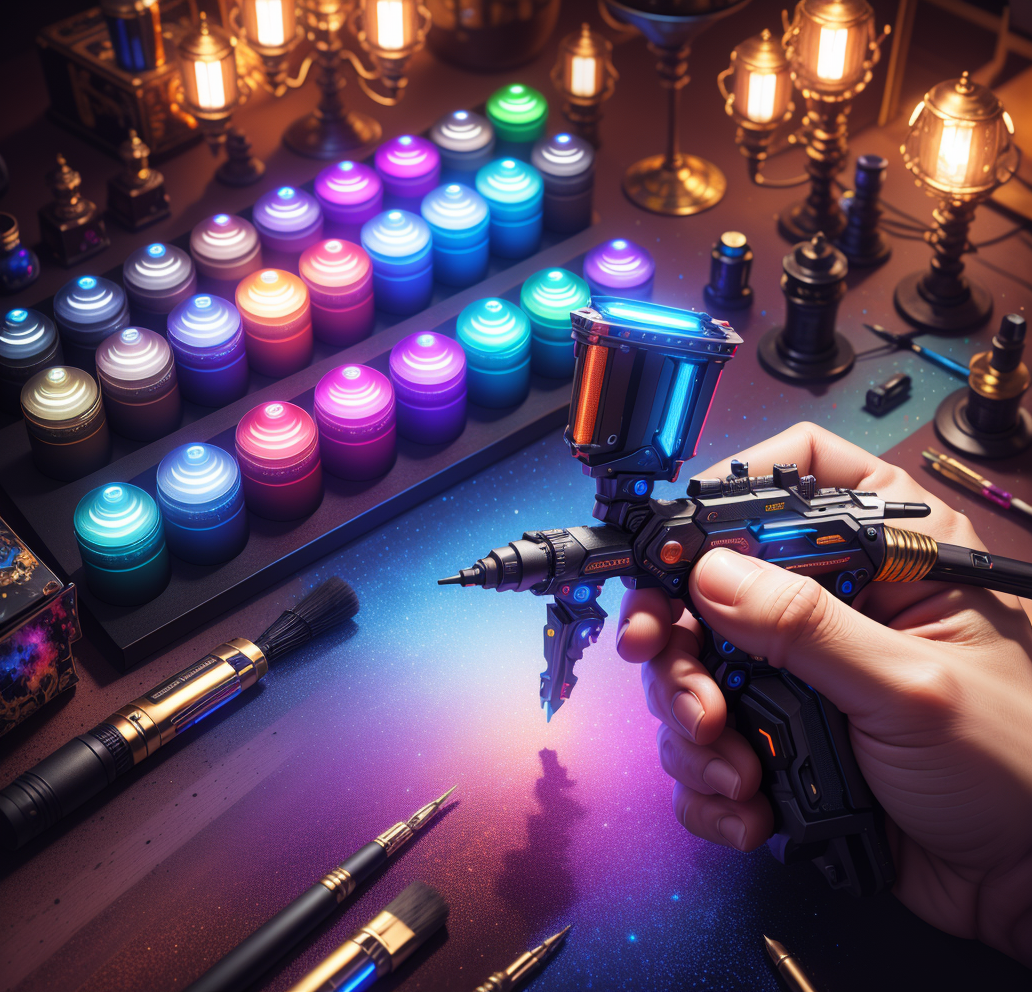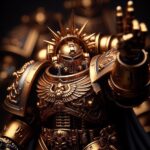Airbrush Maintenance & Cleaning for Miniatures: The Ultimate Guide
As an avid miniature painter and modeler with over 20 years of experience using airbrushes, proper maintenance and cleaning is absolutely vital for getting the best performance. At Warhammer Universe, we want to empower fellow hobbyists with the expertise needed to keep airbrushes functioning flawlessly.
In this ultimate guide, I’ll share my passion and love for airbrushing miniatures by thoroughly explaining best practices I’ve learned over decades. My goal is to help you avoid common frustrations so you can focus more time creating incredible painted pieces!
Looking for a new Air brush? Check out our overview on The Best Airbrush For Miniatures
Safety First
When working with airbrushes, safety should always be the top priority. I highly recommend wearing a particle/vapor respirator mask and protecting your work area from overspray. Refer to paint manufacturer guidelines and work in a well-ventilated area.
Proper Paint Preparation
Achieving the ideal milky consistency of your paint is crucial. Depending on the viscosity, you may need to mix in thinners or reducers according to the paint brand’s guidance. Using airbrush-ready paints is highly advised for best results.
Understanding Your Airbrush
While instructions vary across airbrush types, the core techniques are similar. Controlled pressing of the trigger starts air flow, and pulling back further releases paint. The key is slowly building up thin layers for even coverage without flooding the surface.
Mastering fluid control takes practice through repeated dagger strokes – going from broad stroke to fine line in one continuous motion. This builds expertise with freehand airbrushing. Stay patient and keep at it!
If you are looking for tips on handling your Airbrush read here for: Airbrushing Miniatures for Beginners
Airbrush Maintenance: Clean Early, Clean Often
Frequent, thorough cleaning is essential for airbrush health and longevity! Failure to clean is the number one cause of issues. My simple rule is “Clean while wet so you don’t have to scrub when dry.” Quick color change rinses and end-of-session rinses will solve 90% of problems.
I highly recommend using an airbrush cleaning station like Iwata’s pot. It catches fumes and overspray for quick hassle-free rinsing between colors or before extended breaks without needing to run to the bathroom.
Looking for more advice on How to Airbrush Miniature Skin Tones?
When disaster strikes…
For the inevitable occasions where dried paint causes catastrophic tip dry or airbrush refusal to spray, specialized deep cleaning is needed. This exhaustive process involves completely disassembling and meticulously scrubbing every individual component – yes, it’s a hassle, but so worth it to restore full function!
I cannot possibly overemphasize this point enough:
Regular cleaning saves you from deep cleaning torment down the road!
Step-By-Step Cleaning Instructions
Now, let’s explore best cleaning practices tailored to different airbrush types so you can keep yours looking pristine and performing like new!
We also recommend heading over to Youtube to Andy’s Hobby Headquaters for a great breakdown on Airbrush maintenance!
Airbrush Maintenance: Gravity Feed Cleaning
Rinsing gravity feed airbrushes follow similar easy steps:
- Partially loosen needle to allow airflow
- Fill cup with cleaning solution
- Spray solution out to flush airbrush
- Wipe the needle with cleaner-soaked cloth Follow color change and end-of-session instructions for routine upkeep. Thoroughly disassemble components for deep cleaning when needed.
Siphon Feed Cleaning
Cleaning siphon feed airbrushes effectively requires strategically forcing solvents through passages since gravity isn’t naturally pushing fluid. When doing Airbrush maintenance I’ve found eyedropper pumping most effective:
- Partially loosen needle
- Insert eyedropper tip filled with solvent into paint inlet
- Repeatedly squeeze and release eyedropper to pump solvent in and out The pumping action well flushes the entire airbrush body. Rinse until solvent runs clear. Wipe down needle as final step.
Side Feed Cleaning
Side fed airbrushes involve a few additional small steps since solvents enter horizontally but overall process remains straightforward:
- Partially loosen needle
- Fill side container with cleaning solution
- Spray solution out to flush airbrush
- Wipe needle when finished Follow same rinse protocols as other feed types. Disassemble if deep cleaning becomes necessary.
Cleaning Screw-In vs Self-Centering Nozzles
Iwata airbrushes differ in having either screw-in or self-centering nozzles. Both feature very fine threads needing delicate care.
- Screw-in Nozzles – During airbrush maintenance never overtighten the tiny nozzle screw which risks damaging irreparable metal threads. Consider leaving intact rather than routinely removing. Gently clean exterior nozzle surface only.
- Self-Centering Nozzles – Feature three caps for ensuring perfect nozzle alignment. Follow standard cleaning procedures but avoid overmanipulating nozzle pieces.
See in-depth deep cleaning guides for both nozzle types to fully disassemble when required.
Accessory Cleaning Methods
Specialized accessories help streamline cleaning workflows:
- Cut-Away Handles – Exposes needle bearing for improved solvent flow-through when rinsing. Do NOT improperly “adjust” the needle!
- Interdental Brushes – Softer than commercial airbrush cleaning brushes for safely swabbing paint channels and nozzles without scratching.
- Back Flushing – Covering nozzle hole and pulling trigger forces solvents backwards through passages to clear obstructions. Use bulb syringe for better results.
Still having some issues? Read our guide here for How To Get Smooth Airbrush Coatings
Proper Care and Storage
Proper airbrush care ensures longevity between cleanings. Follow these best practices:
- Lubricate Infrequently – Very small dabs of light oil or ChapStick on metal joints prevents seizing. Other marketed lubes tend to gum up over time.
- Store Nozzle-Up – Mitigates leaks from gravity pulling paints forward toward needle seal and nozzle. Prevents accidental damage from tipping over.
- Never Soak! – While soaking may seem to clean, it causes corrosion issues long-term degrading performance.
And remember, cleaning thoroughly at first sight of any spray issues resolves 90% of problems!









